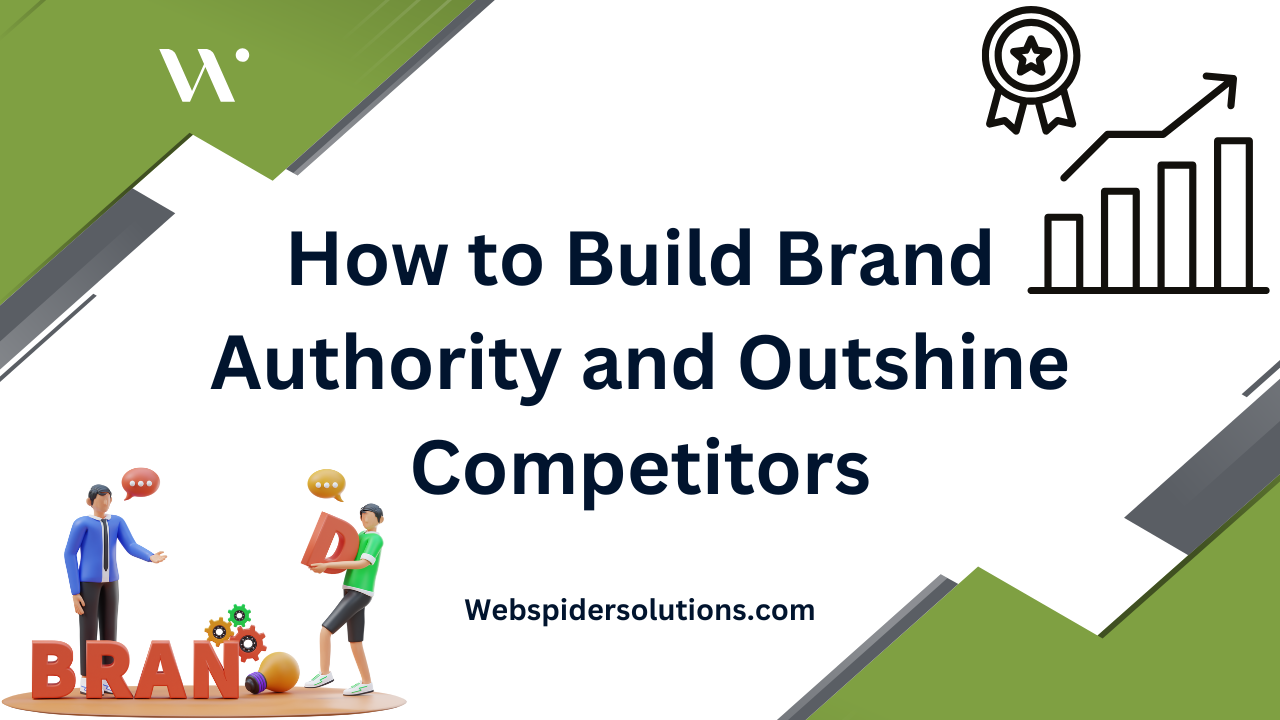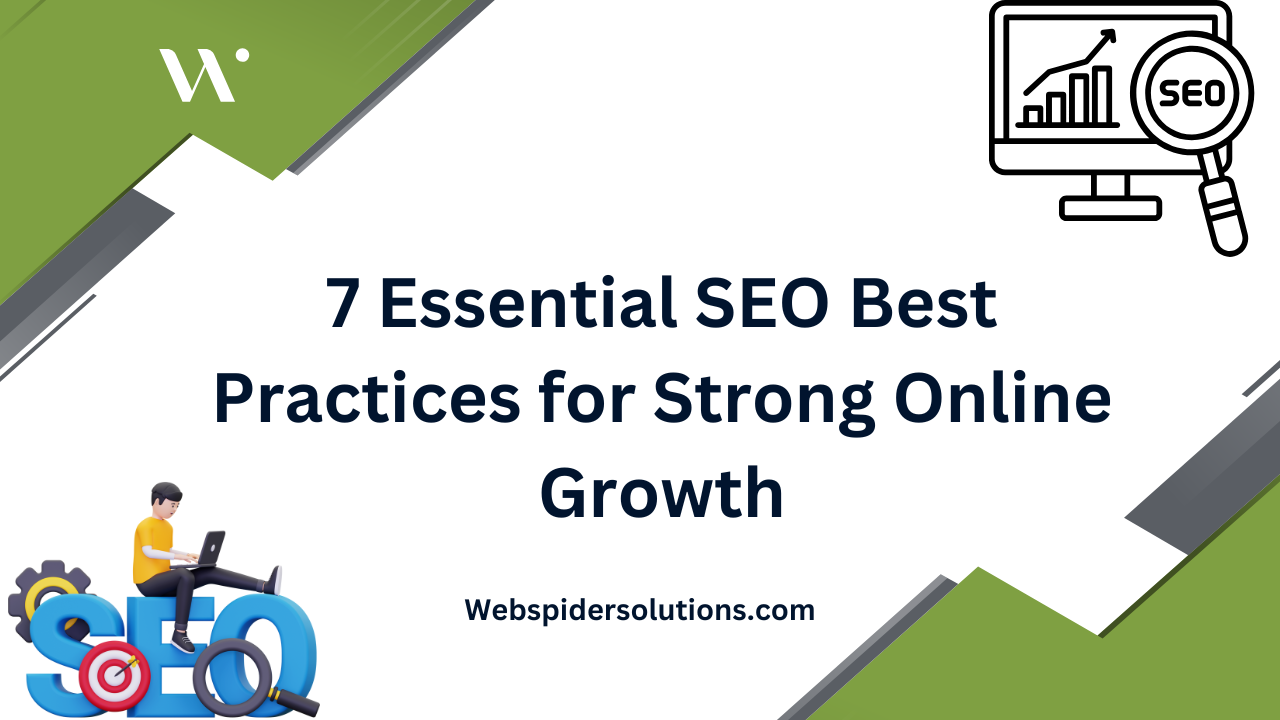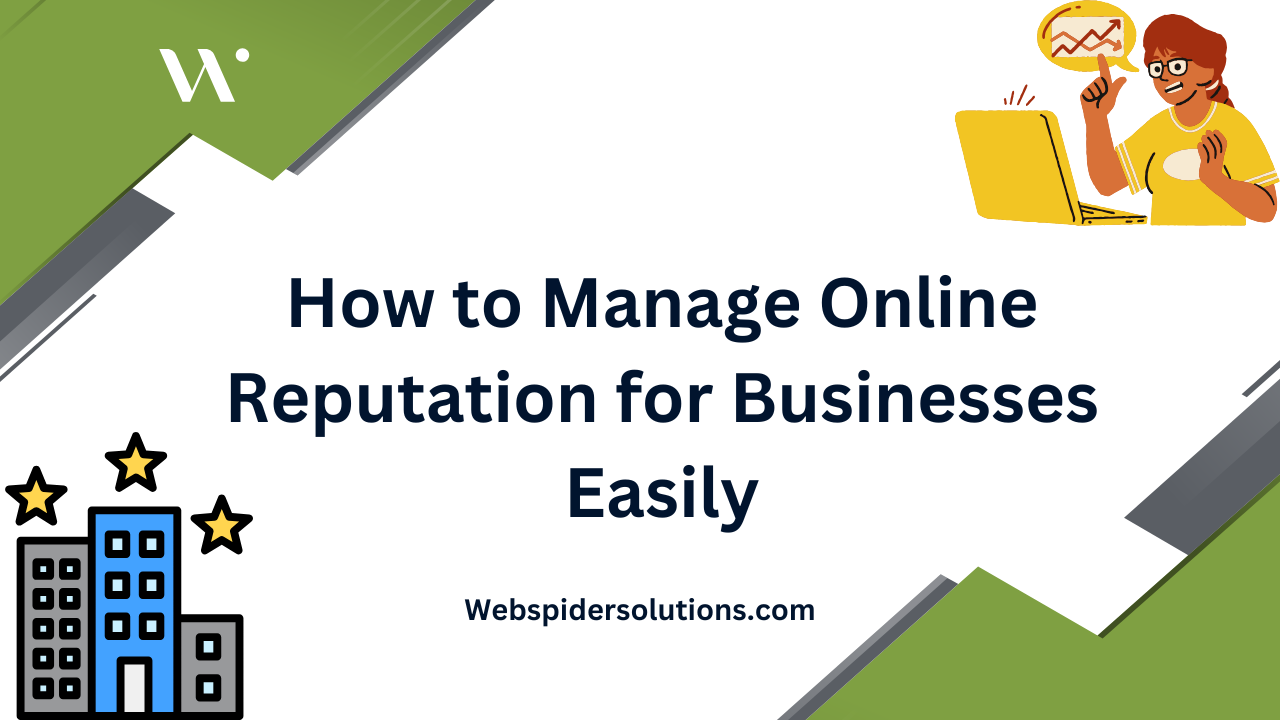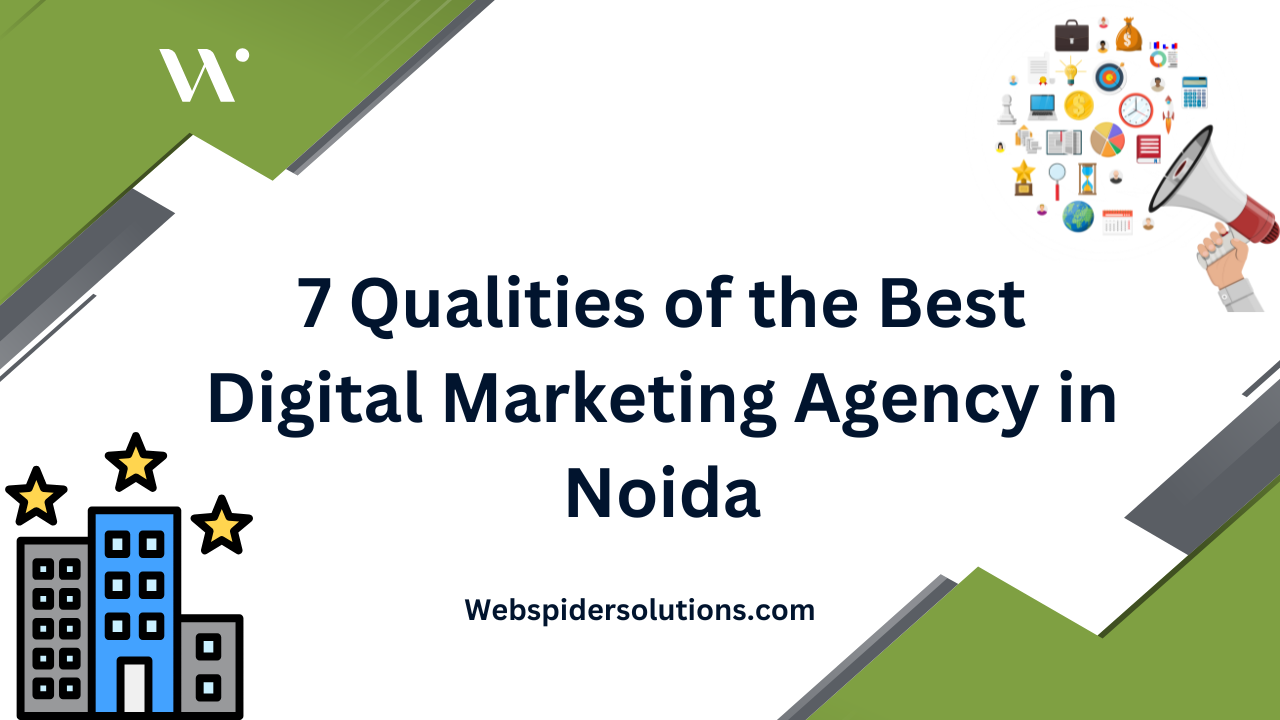Standing out in a crowded market is no accident. With thousands of brands competing for attention, only a clear and focused strategy will set you apart. Research shows that brands with well-defined positioning are 60 percent more likely to capture their ideal clients. Whether you are launching a new business or trying to grow an established agency, knowing your audience and communicating your unique value is crucial for growth and long-term success.
Table of Contents
- Step 1: Define Your Target Audience And Brand Positioning
- Step 2: Develop And Showcase Expert Content Consistently
- Step 3: Leverage Trusted Channels And Strategic Partnerships
- Step 4: Engage Your Audience And Foster Community Interaction
- Step 5: Monitor Impact And Refine Your Authority Strategy
Quick Summary
| Key Point | Explanation |
|---|---|
| 1. Define your target audience clearly | Understanding demographics and psychographics helps tailor your messaging effectively. |
| 2. Produce high-quality, expert content consistently | Focus on solving industry problems to build credibility and establish authority. |
| 3. Build strategic partnerships for growth | Collaborating with complementary services amplifies your reach and enhances credibility. |
| 4. Foster genuine audience engagement | Create interactive spaces that encourage active participation and community building. |
| 5. Continuously monitor and refine strategies | Analyze performance data to adapt your authority strategy effectively without losing focus. |
Step 1: Define your target audience and brand positioning
Defining your target audience and brand positioning is critical for creating a strategic roadmap that distinguishes your brand in a competitive marketplace. This step helps you understand exactly who you’re serving and how you want them to perceive your business.
According to the rcet.org.in research on brand positioning, this process involves identifying your target customers’ demographics, psychographics, and behavioral characteristics. Start by conducting comprehensive market research to segment your potential customers. Break down your audience by factors like age, income, lifestyle, interests, and professional background. Develop detailed customer personas that represent your ideal clients.
Next, analyze your competitive landscape to determine your unique value proposition. What makes your brand different? Identify your key strengths and the specific problems you solve better than anyone else. For example, if you’re a digital marketing agency, your positioning might highlight specialized expertise in technical SEO or data-driven campaign optimization. Use the Wikipedia Segmenting-Targeting-Positioning framework to classify consumers and propose distinctive competitive advantages.
Warning: Avoid being too broad or generic in your positioning. The more specific and targeted your approach, the more effectively you can attract and retain your ideal customers.
As you complete this step, you’ll have a clear blueprint for how to communicate your brand’s unique value and connect with your most promising potential clients.
Step 2: Develop and showcase expert content consistently
Consistently developing and showcasing expert content is your strategic pathway to establishing credibility and authority in your industry. This step transforms your brand from just another service provider to a recognized thought leader that potential clients trust and seek out.
According to Wikipedia’s research on personal branding, creating a deliberate narrative that differentiates you is crucial. Start by developing a content strategy that highlights your unique expertise. This means creating in-depth articles, case studies, whitepapers, and video content that demonstrate your deep understanding of industry challenges. When creating content, focus on solving real problems your target audience experiences. For instance, if you are a digital marketing agency, produce content that breaks down complex SEO strategies or provides actionable insights into emerging marketing technologies.
The arXiv research on expert-based recommendations suggests leveraging expert trajectories to enhance content quality and user engagement. This means consistently delivering high-value, well-researched content that goes beyond surface level information. Develop a content calendar that ensures regular publication across multiple channels such as your website blog, LinkedIn, industry publications, and targeted email newsletters. Each piece of content should showcase your unique perspective and problem solving approach.
Warning: Quality trumps quantity. It is better to publish one exceptional piece of content monthly than to produce mediocre content weekly. Ensure each piece provides genuine value and insights that your audience cannot easily find elsewhere.
By following this approach, you will gradually build a reputation as an authoritative voice in your industry that attracts and retains high quality clients.

Step 3: Leverage trusted channels and strategic partnerships
Leveraging trusted channels and strategic partnerships is a powerful approach to amplify your brand’s reach and credibility. This step transforms your marketing strategy from isolated efforts to a collaborative network that exponentially increases your visibility and influence.
According to Wikipedia’s frame of reference in marketing, establishing strategic partnerships helps you categorize and position your brand more effectively. Identify potential partners who complement your services and share similar target audiences. For digital marketing agencies, this might mean collaborating with web development firms, SEO tools providers, or industry influencers who can vouch for your expertise. Focus on building mutually beneficial relationships where both parties can provide genuine value to each other’s audiences.
The Wikipedia marketing research mix framework suggests a structured approach to developing these partnerships. Start by thoroughly researching potential partners their audience demographics, reputation, and alignment with your brand values. Develop a targeted outreach strategy that highlights the unique benefits of collaboration. This could involve co-creating content, hosting joint webinars, cross promoting services, or developing integrated solution packages that provide more comprehensive value to clients.
Warning: Not all partnerships are created equal. Prioritize quality and genuine alignment over quantity. A single high value strategic partnership can be more impactful than multiple superficial connections.
By strategically cultivating trusted partnerships, you create a powerful network that amplifies your brand authority and opens new avenues for growth and client acquisition.
Step 4: Engage your audience and foster community interaction
Engaging your audience and fostering community interaction transforms passive observers into active brand advocates. This step is about creating meaningful connections that go beyond traditional marketing approaches and build genuine relationships with your target market.
According to Wikipedia’s research on target audience, understanding your audience is crucial for crafting messages that resonate deeply. Start by creating interactive platforms where your audience can genuinely participate. This might include hosting regular Q&A sessions on social media, developing online forums, creating interactive webinars, or launching community challenges that encourage active participation. For digital marketing agencies, this could mean developing platforms where clients and industry professionals can share insights, discuss emerging trends, and learn from each other.
Drawing from Wikipedia’s insights on personal branding, focus on presenting a differentiated narrative that invites dialogue. Encourage user generated content by creating hashtag campaigns, featuring client success stories, or hosting competitions that highlight your audience’s achievements. Respond promptly and authentically to comments, messages, and feedback. Show that your brand values two way communication and is genuinely interested in your community’s perspectives and experiences.
Warning: Authenticity is key. Forced or inauthentic engagement tactics will backfire. Your community interaction should feel genuine, not like a calculated marketing strategy.
By consistently investing in meaningful community interactions, you transform your brand from a service provider to a trusted partner in your audience’s professional journey.
Step 5: Monitor impact and refine your authority strategy
Monitoring and refining your brand authority strategy is a continuous process that ensures your efforts remain effective and aligned with your business goals. This step transforms your marketing approach from static to dynamic adaptive strategy.
According to arXiv’s research on market segmentation, understanding consumer preferences through careful clustering and analysis is crucial for strategic refinement. Implement a comprehensive tracking system that monitors key performance indicators such as brand mentions, engagement rates, website traffic, lead quality, and conversion metrics. Use advanced analytics tools to segment your audience and understand how different consumer groups respond to your brand messaging. Track not just quantitative data but also qualitative feedback from client interactions, social media comments, and survey responses.
The Wikipedia marketing research mix framework suggests a structured approach to evaluating your strategy. Regularly conduct in depth reviews of your marketing efforts by examining your research purpose, analyzing population data, reviewing procedural effectiveness, and assessing how your findings are published and communicated. This might involve quarterly strategy sessions where you critically examine your brand positioning, content performance, and audience engagement metrics. Look for patterns that indicate what resonates with your target market and where you can improve.
Warning: Data without actionable insights is useless. Always translate your analytics into concrete strategic adjustments rather than getting lost in numbers.
By consistently monitoring and adapting your approach, you create a responsive brand strategy that evolves with your audience and maintains a competitive edge.
![]()
Elevate Your Brand Authority with Proven Digital Strategies
Building strong brand authority requires more than just good ideas. It demands focused positioning, expert content, trusted partnerships, and continuous refinement. If you are struggling to stand out in a crowded marketplace or to connect deeply with your ideal audience, the insights from this article reveal exactly where to focus your efforts. From defining your unique value proposition to fostering genuine community engagement, every step is crucial for long-term success.
At Web Spider Solutions, we specialize in helping businesses like yours amplify their digital presence through targeted SEO, strategic content marketing, and dynamic B2B campaigns. Explore our B2B Marketing Archives – Web Spider Solutions to see how tailored strategies can outshine competitors and build trust with your audience. Ready to transform your brand authority and accelerate growth with expert guidance and comprehensive digital solutions? Visit our Stories Archives – Web Spider Solutions to learn more and start your journey today.
Frequently Asked Questions
How do I define my target audience for building brand authority?
Defining your target audience involves identifying their demographics, interests, and behaviors. Conduct market research to create detailed customer personas that reflect your ideal clients.
What steps can I take to develop expert content that establishes brand authority?
To develop expert content, focus on creating in-depth articles, case studies, and videos that address specific problems your audience faces. Aim to publish high-value content regularly—consider producing one exceptional piece each month.
How can I effectively showcase my unique value proposition?
Showcase your unique value proposition by analyzing your competitors and highlighting what differentiates your brand. Identify your key strengths and express them clearly in your messaging and content.
What types of strategic partnerships should I pursue to enhance my brand’s visibility?
Pursue partnerships with businesses that complement your services and share a similar target audience. Collaborate by co-creating content or offering integrated services that provide added value to clients.
How can I engage my audience and foster community interaction around my brand?
You can engage your audience by creating interactive platforms such as webinars, social media Q&As, and community challenges. Encourage user-generated content and respond to audience feedback authentically.
How do I measure the impact of my brand authority strategy?
Measure the impact by tracking key performance indicators such as engagement rates, website traffic, and lead quality. Conduct regular performance reviews and adjust your strategy based on qualitative and quantitative feedback.
Recommended











